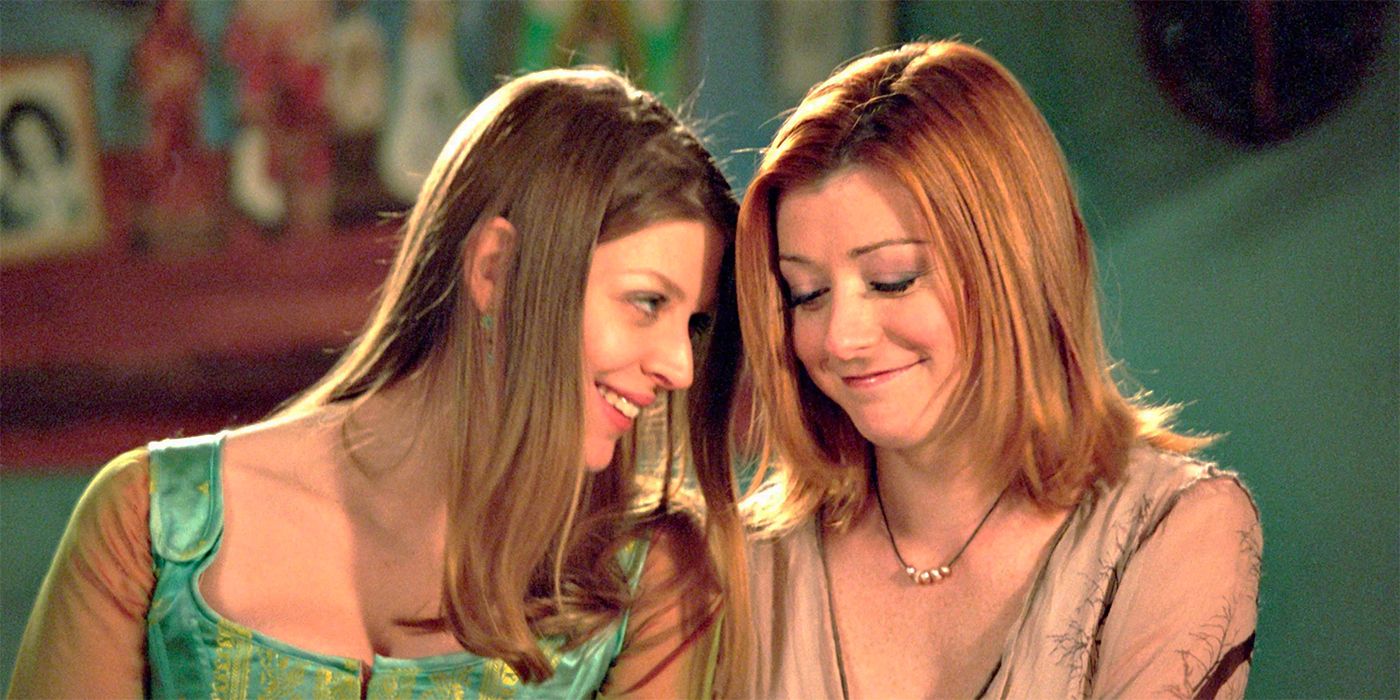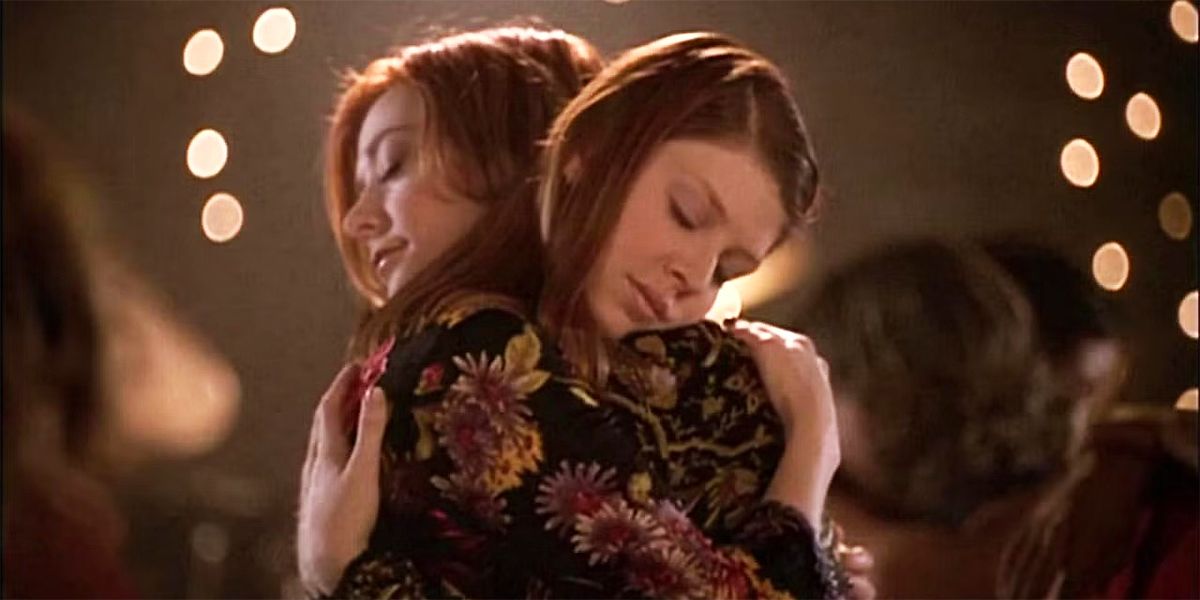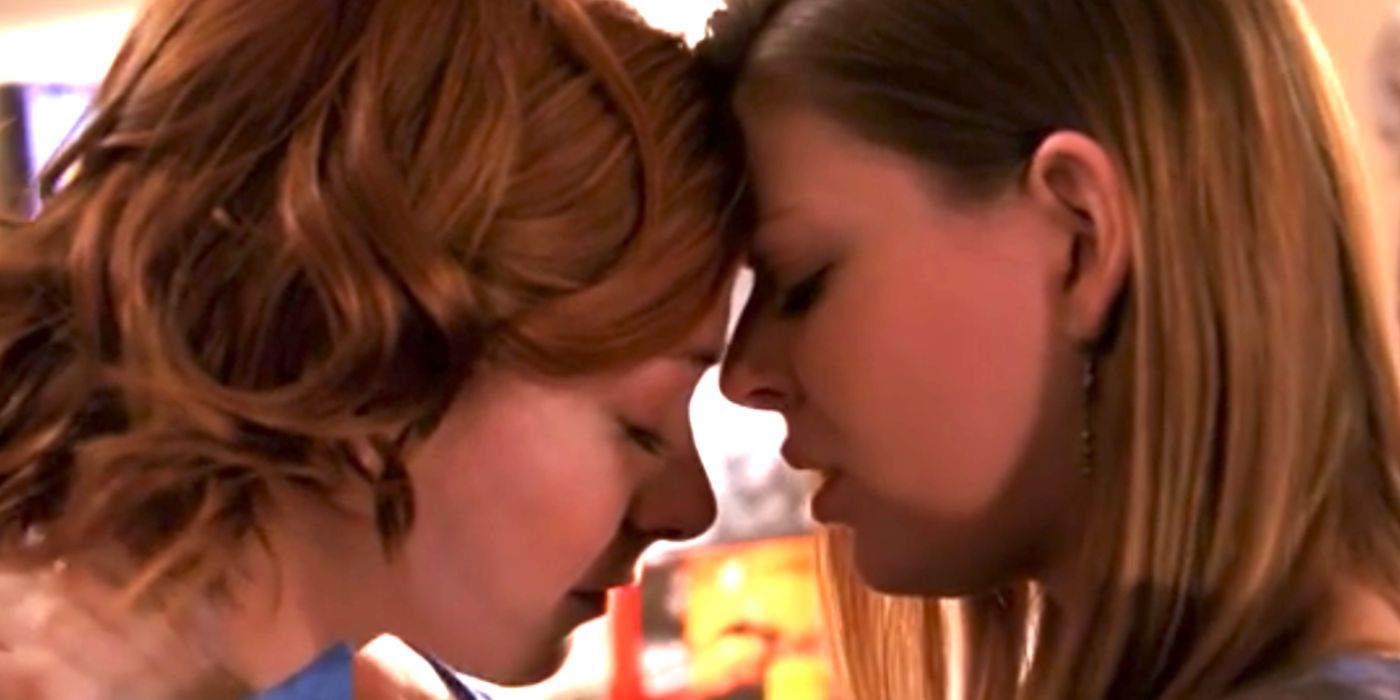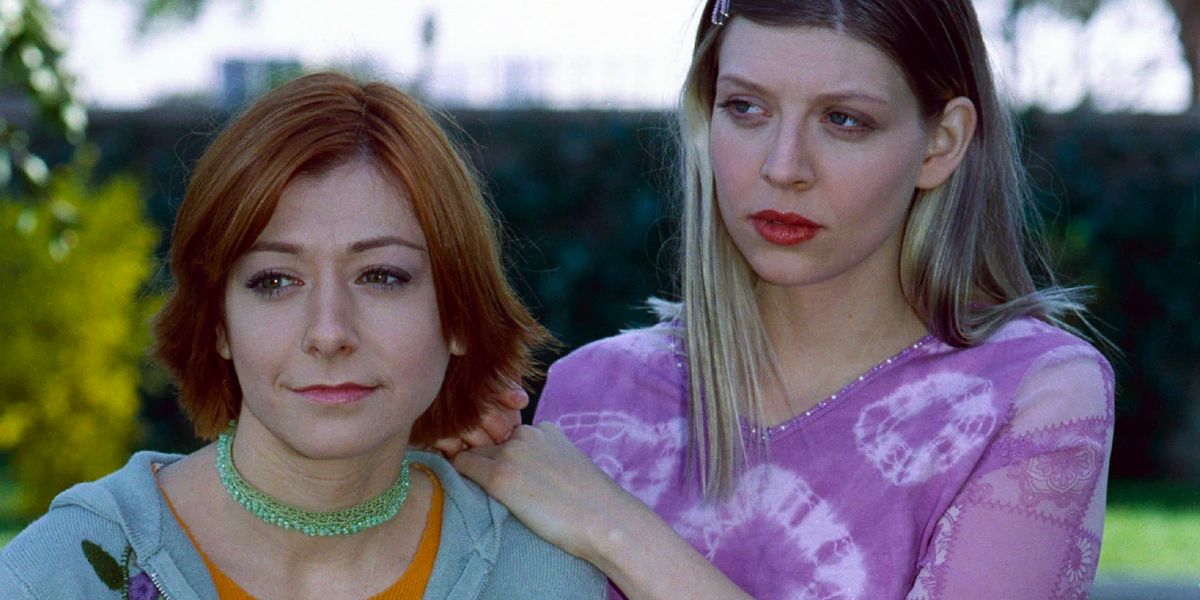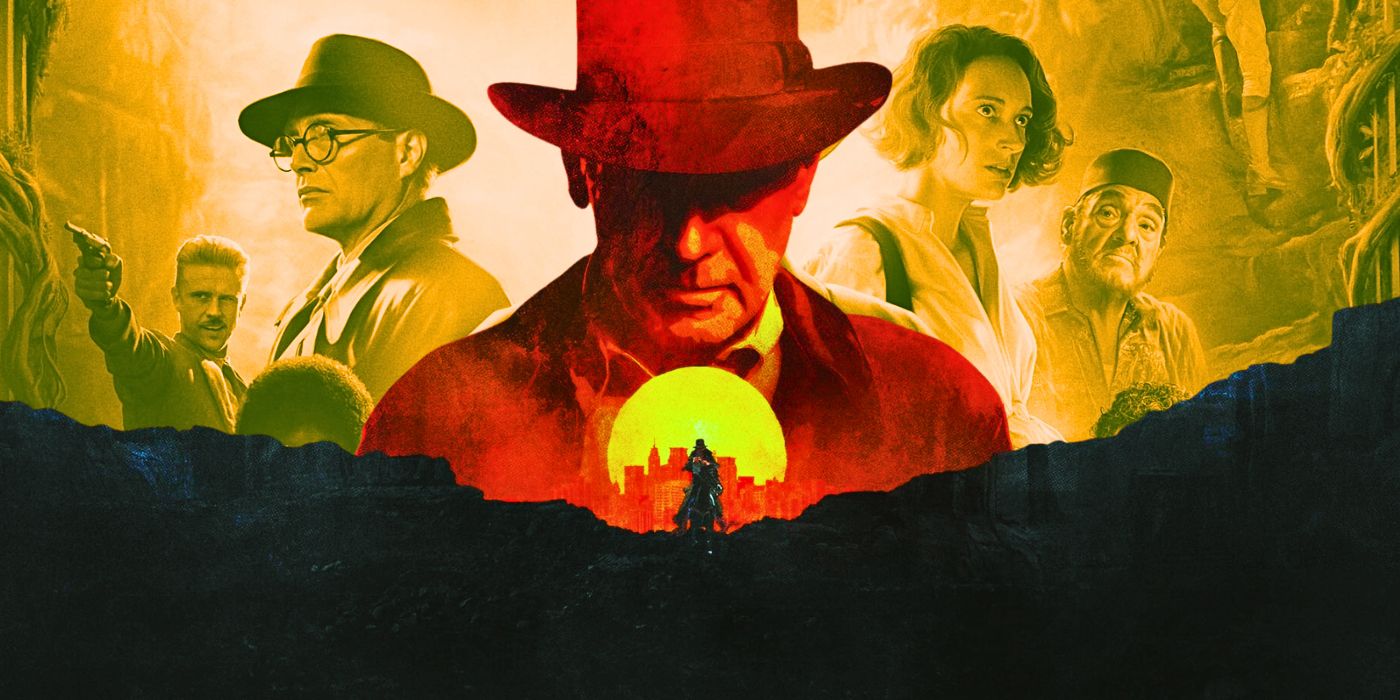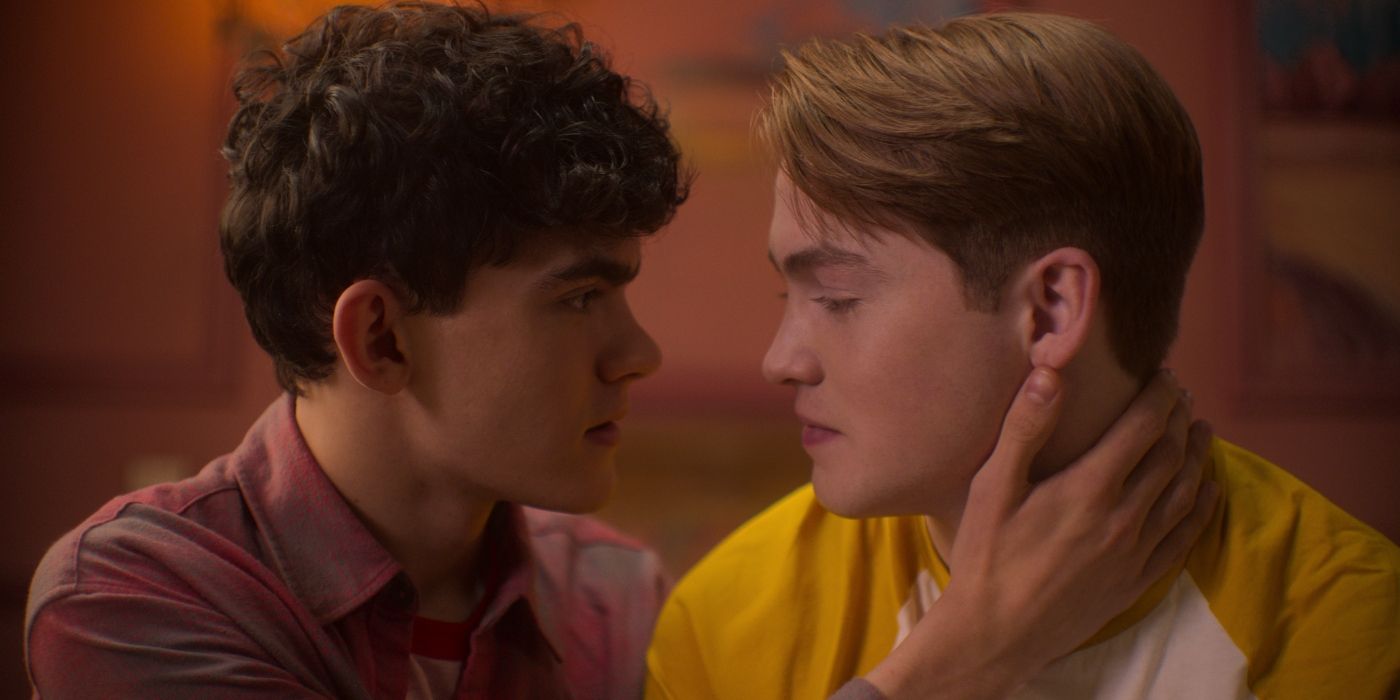The Big Picture
- Willow and Tara’s relationship on Buffy the Vampire Slayer was unique because they were introduced as characters first, rather than solely being defined by their sexuality.
- The way other characters accepted their relationship without drama helped normalize lesbian couples on TV and warmed up audiences to their love story.
- Although their relationship ended in tragedy, Willow and Tara’s quiet and casual romance paved the way for more diverse and authentic representations of lesbian couples on television today.
Willow Rosenburg (Alyson Hannigan) and Tara Maclay (Amber Benson) of Buffy the Vampire Slayer were one of the first cannon lesbian couples on a popular TV series. Throughout most of the nineties lesbian couples in media were generally unofficial, such as Xena (Lucy Lawless) and Gabrielle (Renee O’Connor) from Xena Warrior Princess, or depicted as villains. They were almost always highly sexualized. Willow and Tara’s relationship was different and, while it is imperfect as far as representation goes, it paved the way for the myriad of lesbian characters seen on TV today.
How Was Willow and Tara’s Lesbian Relationship on ‘Buffy the Vampire Slayer’ Different?
One of the major differences in the way Willow and Tara’s relationship was written on Buffy the Vampire Slayer was that neither character was introduced as “a lesbian”. Both were introduced simply as characters first. Willow, in particular, had already been part of the show’s main ensemble since it had first aired. She, like many lesbians in their younger years, had already had relationships with boys. The audience discovers right along with her that love for her feels more like it is supposed to when she is dating a woman. Or, as she tells another lover in Season 7, “It wasn’t women, It was woman.” Tara, specifically, makes her heart flutter like no other relationship ever has.
Tara was first introduced at the end of Season 4 as a member of a college magic group. Willow visits her frequently for help with spells she wants to try. Exploring magic together becomes a metaphor for exploring their sexuality, but it is not immediately apparent that they are developing a romantic relationship. This was important for the time the show aired because it allowed audiences who might have reacted negatively to their relationship to see them as characters — as people first and lesbians second. This might seem obvious to modern audiences but, unfortunately, in 1999, seeing lesbian characters on TV was still uncommon and many thought it should stay that way.
Tara Was Welcomed Into the Gang Without Any Drama in ‘Buffy’
This is where the other characters’ reaction to Willow and Tara as a couple is so important. While some writers might have used the fact that their relationship was unconventional as a source of drama, Buffy the Vampire Slayer did not. Buffy herself stuttered a bit in surprise when she first found out, but then Tara was accepted as part of the “Scooby” team without question. The relationship was treated like any other couple in the show. Viewers who might have, at first, had a negative reaction warmed up to the couple because the characters themselves treated it as normal.
There was only one way in which the depiction of their relationship was different from the straight couples on the show. There were significantly fewer kissing and bedroom scenes. This was mostly because of censorship regulations at the time, but it did help “warm up” audiences who weren’t used to lesbian couples and prevent their relationship from becoming overly fetishized. Early on-screen lesbians were often highly sexualized, pandering to male fantasies, despite being women who loved women. By focusing less on the physical elements of their relationship, the writers of Buffy the Vampire Slayer wrote Willow and Tara from the perspective of the female gaze before the term was even invented.
Willow and Tara’s relationship is very sweet. Willow spends much of seasons one through four in Buffy’s shadow. She struggles with self-confidence and assertiveness and, until she discovers magic, doesn’t feel like she contributes much to Buffy’s vampire slaying efforts. Tara comes from a controlling family and also struggles with self-worth. They both become stronger and more self-assured when they are together. The magical abilities they share are not just a metaphor for something forbidden that they are exploring together. It is also a metaphor for how powerful their love makes them.
What is the “Bury Your Gays” Trope, and How Did the Writers of ‘Buffy The Vampire Slayer’ Fall Into Its Trap?
Unfortunately, while their relationship had such a sweet start, it ended in disaster both for Willow and Tara themselves and the beautiful, and scarce representation they offered their queer audiences. There is no denying that Tara’s death was a heart-wrenching, and beautifully performed scene. The writers worked up to bringing the briefly estranged couple back together only to have Tara brutally and pointlessly murdered before her lover’s eyes. This gave Willow the push the writers needed for her to lose control and become the big bad for the season six finale. It was a well-crafted moment, but it stepped right into the jaws of the “bury your gays” trope.
The “bury your gays” trope has been around for hundreds of years. It was used as early as 1872 when Carmella, one of the first books about a lesbian vampire, was written. The trope not only makes LGBTQ characters more expendable than straight characters but “punishes” them for their “wickedness”. The media has a long history of giving LGBTQ characters tragic endings. It’s an outdated motif that writers need to stop using -even when there is a good narrative reason for it- because of everything it represents.
The Legacy of Lesbian Couples Willow and Tara Left in Their Wake
Despite its less-than-ideal ending, Willow and Tara’s relationship was a milestone in its time. Their romance was depicted in a quiet, casual way that helped normalize lesbians on TV. The representation may not be up to snuff by today’s standards, but it helped pave the way for the lesbian couples that are on TV today. These couples are no longer unofficial like Xena and Gabrielle. Teens like Izzie (Fivel Stewart) and Casey (Brigette Lundy-Paine) from Atypical fall quietly in love on family drama shows. Historical lovers like Anne (Suranne Jones) and Ann (Sophie Rundle) in Gentleman Jack, fight to be together no matter what in breathtaking costume pieces. There are entire shows such as The L Word or Lip Service devoted to a full lesbian ensemble. Willow and Tara created a bridge for them by putting so many viewers under their spell.

